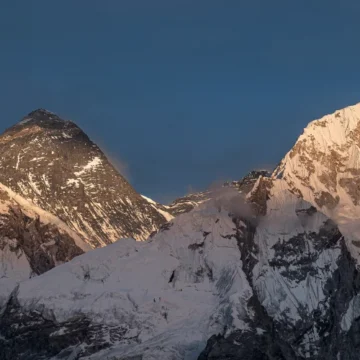
Top 15 Festivals of Nepal and Celebration Guide
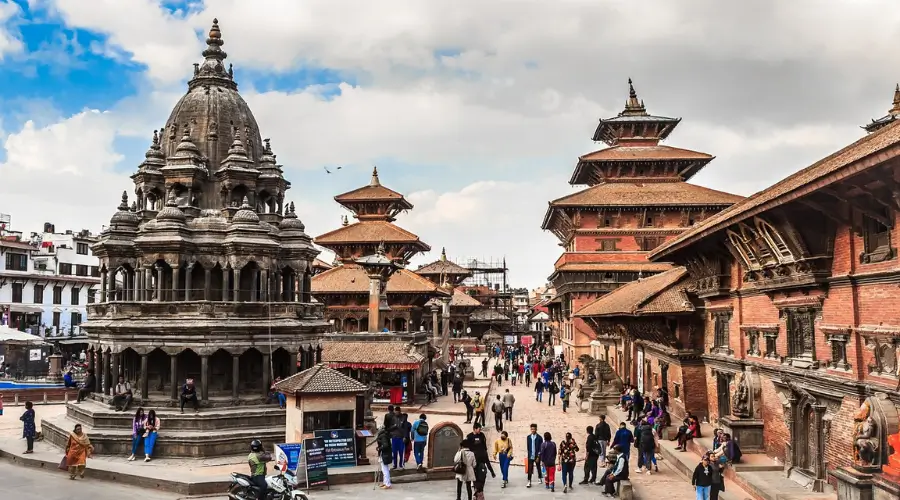
Table of Contents
Nepal is a beautiful place with many ethnicities and unity. It has very different cultures, myths, and religious beliefs. Meeting, talking, and sharing ideas embody “unity in diversity.” Through the cultural carpets of festivals presented in the country, Nepal reflects its immense heritage and power and elaborates on Nepal’s traditions and celebrations. This rite of passage has its antiquity and custom and draws people in one common joy and creates an odd environment of equal dedication and tolerance.
It’s a festival that is so very interesting to every tourist wishing to hop in. No one highly recommends visiting and enjoying the Nepal holidays and festivals celebration guidebook to widen the knowledge of the rite and other activities. From parades with traditional music presented colourfully to burials, Nepali traditions and cultures are carried out in a complicated manner, and mouth-watering dishes are presented occasionally. Nepal holidays and festivals bring a real experiential dive into its culture, which enables visitors to make long-lasting memories and have opportunities to build links with the local society.
Despite being a small country, Nepal is known for its colourful Nepal festival, which is held annually.
10 best festivals of Nepal
Dashain (Bijaya Dashami)
Mythologically speaking, Nepal’s big Festival, Dashain, in its entirety, is regarded as good triumphing over evil. It is the glorification of Lord Ram by coming out triumphant over Ravan’s evil powers. This lasts for 10 days, which means family gatherings, feasting, and others receiving elder blessings. So, it is also called the Nepal 10-day festival.
Ghathasthapana is the first ceremonial, marking the beginning of the Festival. A pot filled with holy water and barley seeds is kept in every house. During the Festival, men and women associate the shapes of Goddess Durga. Elders put Tika on the forehead of every house member and young ones with Jamara (barley sprouts) on their 10th day as wishes for good times and prosperity.
According to the lunar calendar, Dashain usually coincides with the Nepal festival in September or October. Although Dashain is celebrated throughout Nepal, the vibrant festivities mainly occur in Kathmandu, Pokhara, and other big cities. Visitors can enjoy various aspects of culture, such as castes and inheritance traditions, along with cultural programs and authentic Nepali food and beverages.
Tihar (Deepawali)
Tihar, which is also recognized as the Festivity of the Lights, not only honors the connection between human beings and animals but also salutes certain Gods and Goddesses. Every daytime of the five-day celebration in Nepal has the worship of various beings on their list, like dogs, crows, cows, and Laxmi, the goddess of wealth. Bhai Tika is the last day of Tihar, and the sisters worship their brothers for their safety and long life. They tell their brother to put a marigold flower wreath around his neck. They put the tika on each other’s forehead.
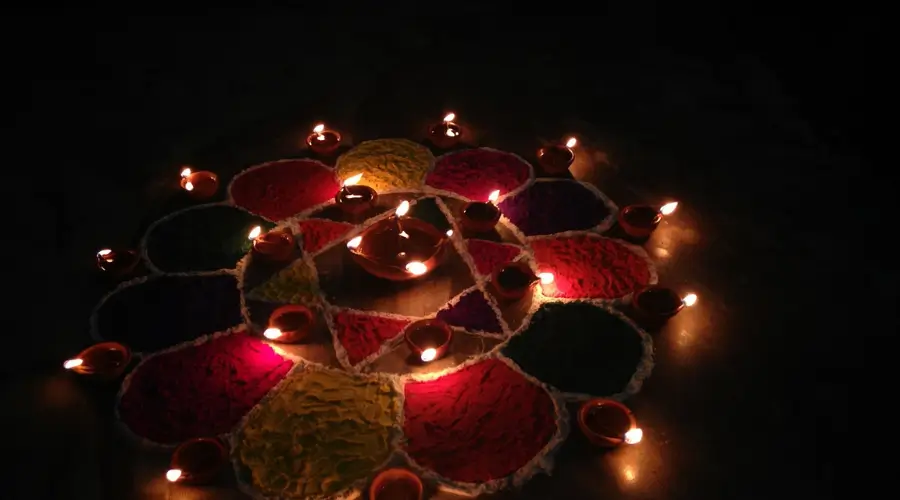
Houses are adorned with Rangoli designs, and diyas are placed around the house to promote prosperity. Inter-generational rituals unfold with garlanding, foodstuff offerings to an animal, puja for brothers, and games such as Deusi Bhailo.
Tihar takes place in October or November and is tied to the lunar calendar. It is celebrated nationwide, with Kathmandu, Bhaktapur, and other cities hosting festivities in all their vigor. Residents can witness the spectacle of houses lit up, take part in thematic events, and enjoy a family atmosphere.
Gai Jatra
Gai Jatra, or the Festival of Cows, is a very special festival celebrated in the Kathmandu Valley to commemorate and pay tribute to those who have died in the past year. It seeks to minimize the pain of mourning and comfort families in deep mourning.
Families who have lost an individual lead a cow, a traditional symbol of transition to another world, in the procession. The community members wear colorful outfits, sing and dance, and act in satirical performances to remind of the departed and make the moment enjoyable.
The Festival falls in August or the Nepal festival September according to the lunar Calendar. The Gai Jatra, celebrated predominantly in Bhaktapur, allows tourists to learn about Nepali customs and traditions related to death and remembrance. Visitors can behold the unusual parade, engage with residents, and gain a deep understanding of the country’s spiritual beliefs.
Buddha Jayanti
Buddha Jayanti is an annual Nepal festival commemorating the birth, enlightenment, and death of Gautama Buddha, the founder of the Buddhist religion. It is a day of introspection, meditation, and honoring his teachings.
Pilgrims go to Buddhist temples and monasteries, praying, lighting butter lamps, and chanting sutras. Special events include marches, dharma talks, and charity acts.
According to the lunar Calendar, the Buddha Jayanti will take place on the full moon night in April or May. This Nepal festival is commemorated during Buddhist pilgrims’ and tourists’ visits to places like Lumbini, Swayambhunath, and Boudhanath, where they seek spiritual experiences and cultural insights.
Holi (Falgu Purnima)
Holi, the Festival of Colours, celebrates the beginning of spring and the triumph over evil. It is a period of merrymaking and refreshing old links and bonds.
People get together in large parks, tinting each other with colourful powders and water, dancing to high-spirited tunes, and having fun with tasty foods and beverages. The atmosphere permeates the room with laughter, music, and the soul of friendship.
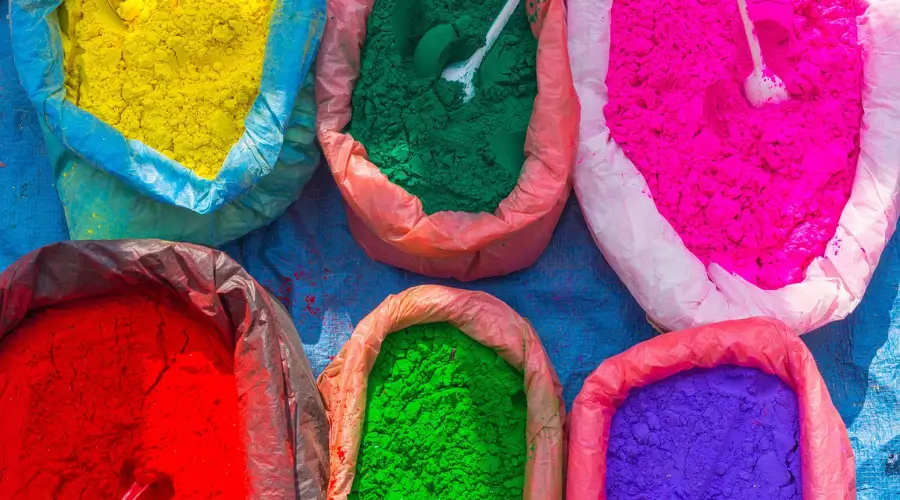
According to the Lunar Calendar, the Holi Nepal festival is generally celebrated in March. Nepal-wide Holi is celebrated with the major ones in Kathmandu, Pokhara, and other cities. Travelers may boogie with the crowd, observe the tradition, and have a good time with local people and other visitors are also possible.
Indra Jatra
Indra Jatra is an eight-day festival in Kathmandu celebrating Indra, the king of the heavens and the god of rain. It not only indicates the end of the monsoon period and the beginning of harvest time but also plays a vital role in the lives of farmers. The Festival sees masked dance, a chariot procession, and the goddess-styled Kumari paraded throughout the city.
The Indra Jatra Nepal Festival is highlighted through no end of cultural presentations featuring dances such as Lakha and Sawa Bhaku. The major feature is the Kumari Jatra, in which the Kumari Goddess is in a procession between life and death. They also take part in singing, dancing, and other forms of joyful communication, including the consumption of alcohol and food.
Indra Jatra is celebrated in September according to the Lunar Celerial Year. This Festival is marked in the central part of the Kathmandu Durbar Square, so tourists come to see all the colorful ceremonies and performances.
Maghe Sankranti
Maghe Sankranti signals the winter solstice and the start of longer days. It is a family union day, eating traditional dishes, including yam, ghee, and sweets, and bathing in the river. By celebrating the Festival, the community expresses this hope and, at the same time, puts a period to the suffering through winter.
In the morning, the families used to rise early, bathe ritually, and submit prayers to the sun god. They get to the point where they celebrate the holiday season by eating delicacies and exchanging gifts with family members and friends.
The celebration of Maghe Sankranti happens in January, according to the lunar Calendar. ‘Maghe Sankranti’ is famous all over Nepal, especially in the Terai region, which is more enthusiastic about the Festival. During this period, every visitor will have an opportunity to immerse themselves in Nepalese culture, cuisine, and events.
Lhosar
Tibetan Lhosar is the new year of the Tibetan community in Nepal. These celebration in Nepal are prominent in Boudha and Swayambhu. This is when we greet family and friends, celebrate together, and enjoy cultural expression.
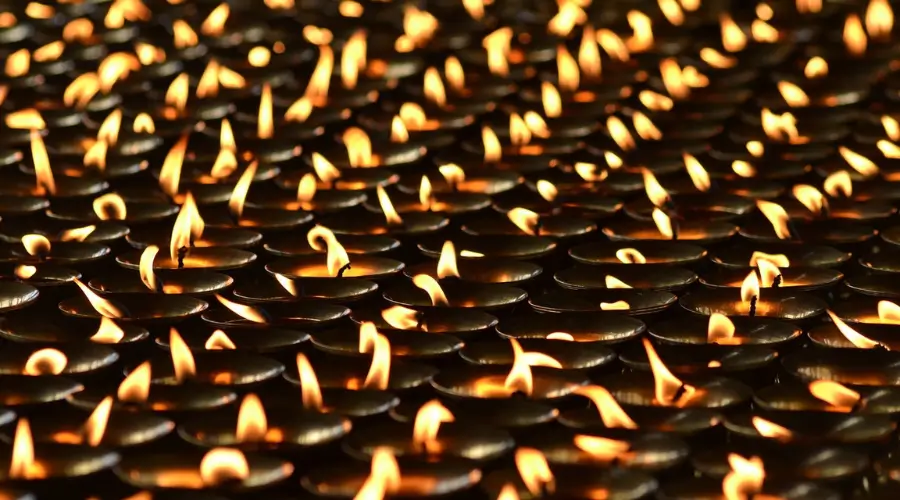
People wear cultural goods, conduct special rites to scare away the ill-intentioned, and supplicate for a great harvest in the next year. These cultural works comprise local dances and music.
Chhuksum Namaya/Lhosar, based on the lunar Calendar, mostly occurs between February and March. The Lhosar festival is celebrated in regions with a large Tibetan population, such as Boudhanath and Swayambhunath in Kathmandu.
Bisket Jatra
To mark the new year, the entire Bhaktapur district sees Bisket Jatra, a traditional festival. The best part of the Festival is the Bhairab and Bhadrakali pulling chariots bearing the status of gods. The Chariot Parade has a musical and dance background, as well as loud cheers from an excited crowd.
The Festival, in particular, commemorates the starting day of the Nepali Calendar. People have different spirit for this festival. The chariot-pulling contest is among the main events during which the communities try to be the best in pulling the chariots and receiving the blessings of the New Year.
Bisket Jatra falls annually in April, according to the Lunar Calendar. It is mostly Pooja in Bhaktapur; people, both old and young, can experience the traditional New Year festival celebration and the vibrant Festival mood.
Teej
Teej is a festival of Hindu women to pray for the well-being of their husbands and the longevity of their marriage. Women dress red, fast the whole day, and perform various rituals. The Festival promotes the values of love, devotion, and marital happiness.
Women gather to pray and sing traditional songs, expressing their devotion to Lord Shiva and Goddess Parvati. They also receive gifts from their husbands and family members. This Nepal festival celebrates the bond between husband and wife.
According to the lunar Calendar, Teej falls in August or September. Across Nepal, with significant celebrations in Kathmandu festivals and Pokhara. Tourists can witness the colorful festivities and traditional rituals of the Nepal festival.
Unique Festivals of Nepal in different trekking routes
So, a question might arise: how many festivals are celebrated in Nepal? The answer will be many because Nepal has many cultural and ethnic groups, and there are many more festivals.
Tiji Festival
The Tiji Festival in Mustang is a lively traditional New Year’s festival that has its roots centuries ago. It has various colorful dances, unique costumes, and rituals that depict the victory of good over evil. It is when the community gathers to cherish its cultural background and religions, of which dazzling performances and ancient music rhythm bring the entire city alive and responsive.
Mani Rimdu Festival:
In the Everest areas, the saying Mani Rimdu is a ritual in which the Sherpa people, who are the main population, participate in religious dance, mantras, and rituals. Such Festivals in Everest are considered to be supplemented with great spiritual meaning since it is a new blessing and energy of the Monastery. People gather to witness such masked dances and receive blessings from Lamas, and this process creates a feeling of unity and devotion among the visitors.
Yartung Horse Riding:
The Yartung Horse Riding festivals in Mustang area is a mesmerizing event displaying the riding prowess and skills of the locals. We’re here to witness an amazing show of horsemanship as riders dazzle us with their daring maneuvers, cheeky tricks, and intricate patterns in various races and games. The event will incorporate rituals like cultural performances, meals, and energetic music, providing a vibrant festive atmosphere with crowds; all these should be the celebrating cases for unification.
Tarna Festival:
It is one of the Nepal festival of the year for those in Langtang. La Tarna is the local and indigenous execution practised by the ethnic people of a specific region here in Nepal. It has established its presence by evoking rituals, music, and dance performances that demonstrate honor to nature and spiritual heroes. It’s a period of community affirmation when people collectively agree to thank the Lord for the bountiful harvest and request shorter periods of scarcity and abundance in the future. It is a festivals in Langtang.
Tsum Shagya Centennial Festival:
The Tsum Shagya Centennial Festival commemorates a significant milestone in the cultural history of the Festivals in Manaslu. Special ceremonies, cultural displays, and traditional rituals highlighting the region’s rich heritage are there. It’s a chance for locals and visitors alike to immerse themselves in the unique customs and traditions of the Tsum Valley, fostering a deeper appreciation for its cultural legacy.
Tsampa Lhosar:
Tsampa Lhosar is a festive occasion celebrated by the Tibetan community in Nepal, marking the Tibetan New Year with joyful gatherings, feasting, and cultural performances. It’s a time when families come together to exchange good wishes, share traditional delicacies, and participate in age-old customs and rituals that symbolize renewal and hope for the future.
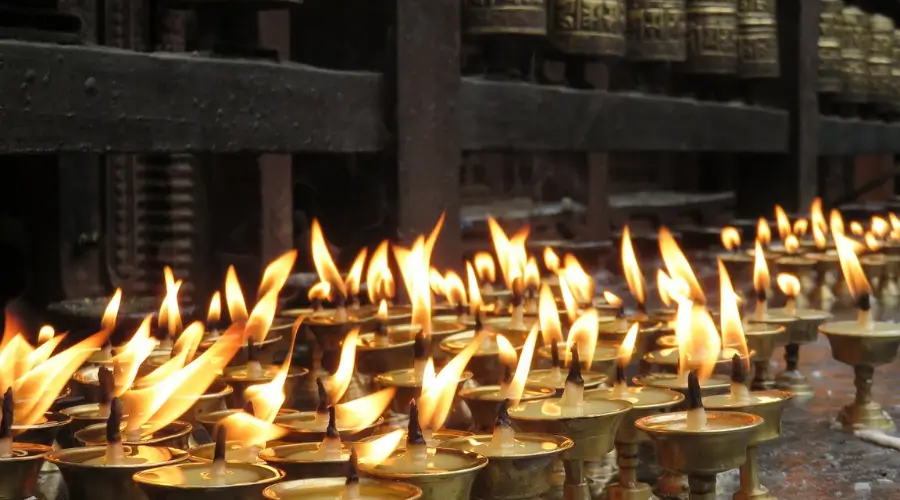
Chyangba Festival:
In some areas of Nepal, the Chyangba Festival is a lively celebration that honors the sacred bond between humans and animals, particularly horses. It features horse races, traditional dances, and rituals strived to ensure the well-being and prosperity of humans and their equine companions. The Festivals in Manaslu highlight the importance of animals in Nepalese culture and foster a sense of reverence for nature and its creatures.
Gaura festival:
The Gaura Festival is a colorful and exuberant celebration observed by the Nepali and Kumaoni Hindu communities in Nepal. It features lively dances, music, and rituals that honor Lord Krishna and Goddess Radha. It’s a time of joy and merriment as people come together to rejoice in the blessings of the harvest. They seek divine blessings for prosperity and happiness.
Bhuwa festival:
The far western community in Nepal celebrates the Bhuwa festival. Celebrated by rituals, dances, and ceremonies that pay homage to ancestral spirits and seek their blessings for the well-being and prosperity of the community. It’s a time of reflection and reverence as people gather to honor their cultural heritage and strengthen their bonds with family and community members.
Yomari Purnima:
Yomari Purnima is a significant festival observed by the Newar community in Nepal. It is one of the festivals in Kathmandu. Dedicated to the worship of the deity of rice and the celebration of the rice harvest. It’s a time of feasting and merrymaking as people prepare and share Yomari. It is a sweet rice flour dumpling filled with molasses or sesame seeds. This symbolises good fortune and abundance in the coming year.
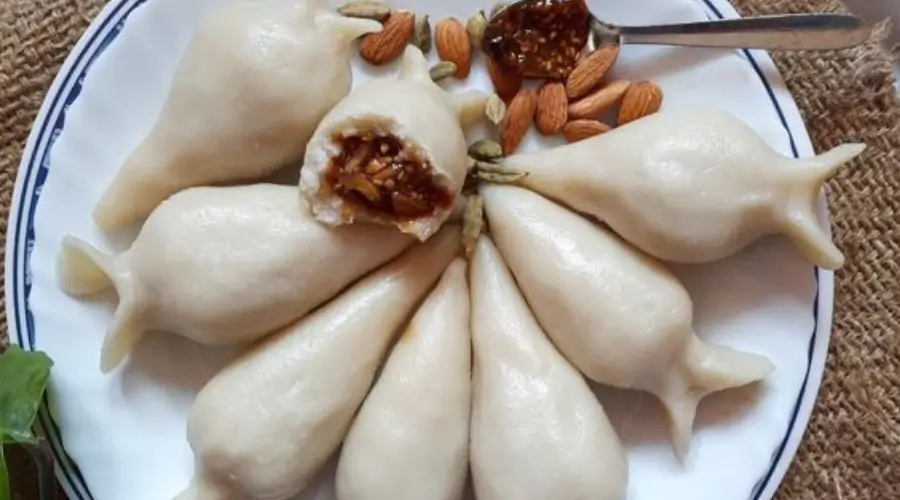
The Lunar Calendar and how to find the exact date using the Lunar Calendar
The Lunar Calendar, also understood as the lunisolar Calendar. It is based on the cycles of the Moon’s phases. Unlike the Gregorian Calendar, which is based on the Earth’s orbit around the Sun. The lunar Calendar is widely used in various cultures, including the Nepali calendar.
In the Nepali lunar calendar, months are calculated based on the Moon’s phases, each month beginning and ending with a new moon. This means that each month’s start and end dates can vary from year to year. The Nepali lunar calendar determines the dates of various festivals, events, and religious ceremonies in Nepal. One needs to understand its structure to find the exact date in the Nepali Lunar Calendar. The Nepali calendar is a lunisolar one, which incorporates both lunar and solar movements. It is based on the Bikram Sambat (B.S.) system, 57 years ahead of the Gregorian Calendar.
To find the exact date using the Nepali lunar calendar, you can consult a Nepali calendar. It provides information on the lunar phases and the corresponding dates in the Gregorian Calendar. Digital tools and apps, like Hamropatro, can now convert dates between the Nepali lunar calendar and the Gregorian Calendar. It is easier to find the exact date of a particular event or Festival.
Best time to visit Nepal for festival celebration
The best time to visit Nepal for festival celebrations depends on the specific festivals you wish to experience and your preferences for weather and crowds. Nepal is known for its diverse cultural and religious holidays and traditions in Nepal, which are celebrated throughout the year.
One of the most popular times to visit is during autumn, from September to November, when the weather is usually clear and dry. It makes it ideal for outdoor festivals and activities. During this time, the most critical Nepal holidays, like Dashain, Tihar, and Chhath are celebrated enthusiastically across the country. Dashain, the longest and most important Hindu festival in Nepal, is a time of family gatherings, feasting, and religious rituals. Tihar, also known as the Festival of Lights, is a five-day celebration that honors animals, brothers, and sisters. Chhath, primarily observed by the Madhesi community, is a Nepal holidays and festivals dedicated to worshipping the sun god.
Another favorable time to visit the most important festival in Nepal celebrations is during spring. From March to May, when the weather is favourable, and the landscape is lush and vibrant. This period includes Nepal holidays and festivals like Holi and the Festival of Colours. It celebrates the arrival of spring and the triumph of good over evil. It is celebrated with the splashing of coloured powders and water, creating a joyful and festive atmosphere. Buddha Jayanti, the birthday of Lord Buddha, falls during this time and is celebrated with processions, prayers, and ceremonies at Buddhist shrines and monasteries across the country.
Want to know more?
Speak to an Expert





Sandip Dhungana
Nepal 🇳🇵
Whatsapp: +977-9823636377



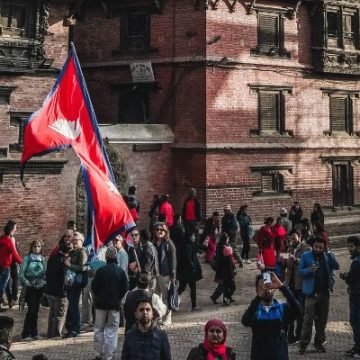
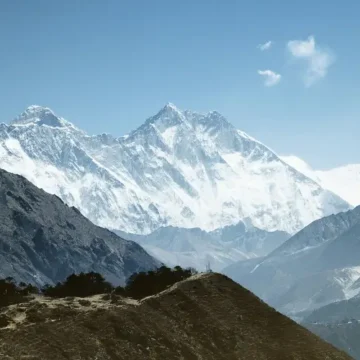
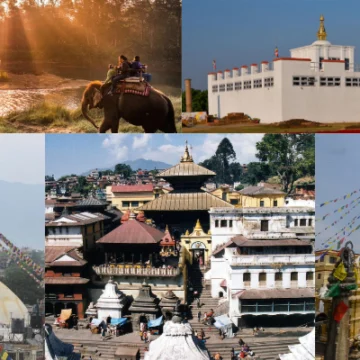
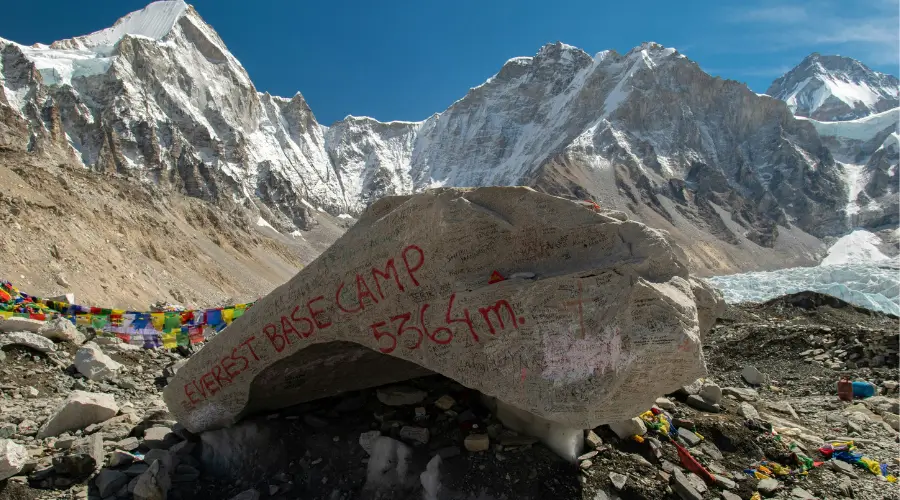

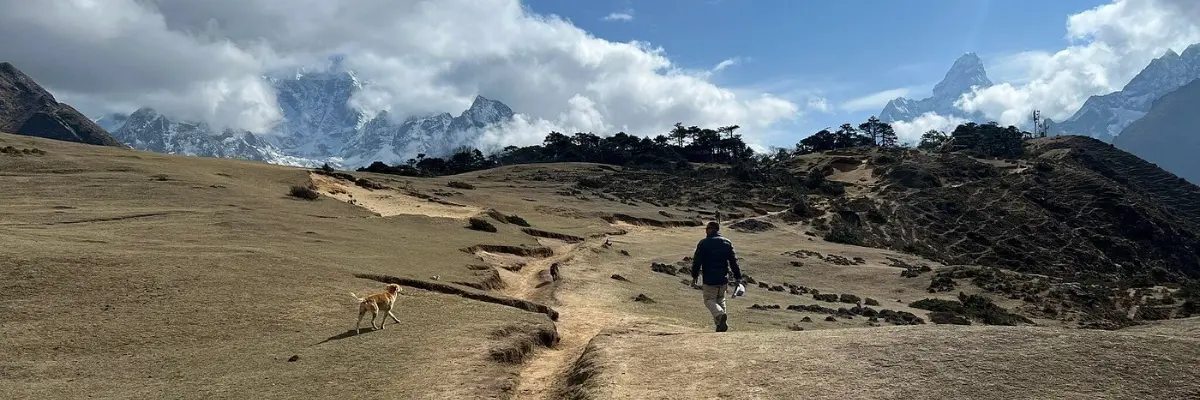
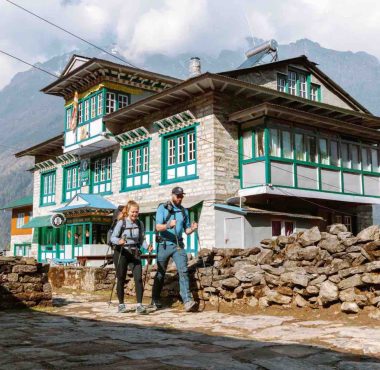
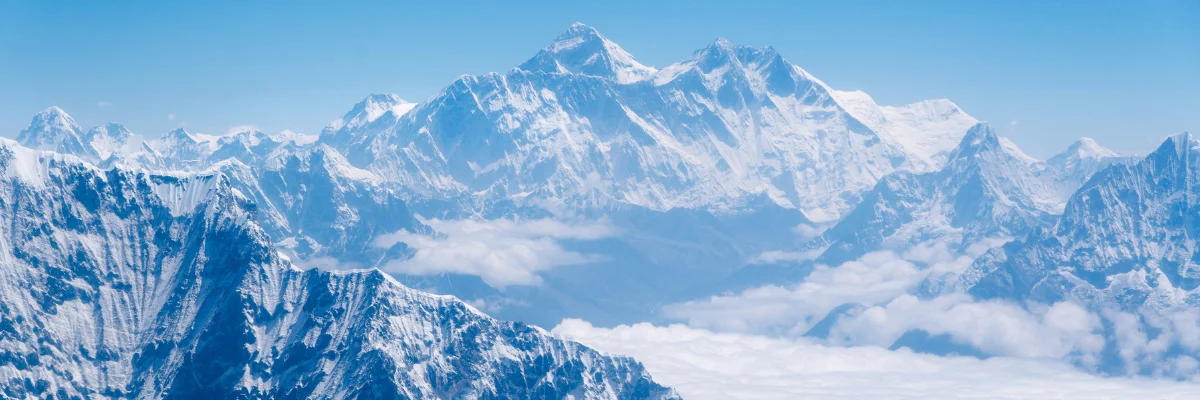







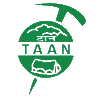


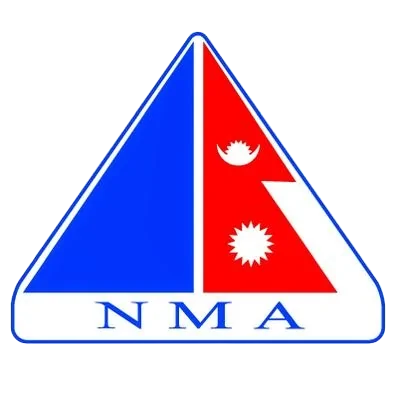

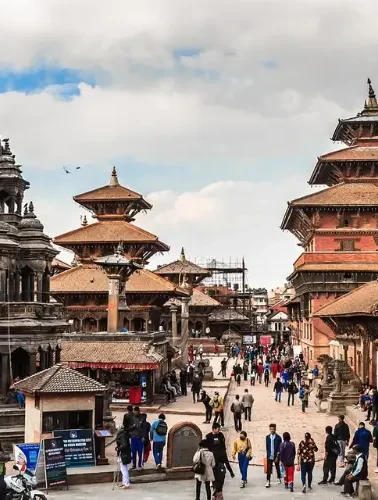
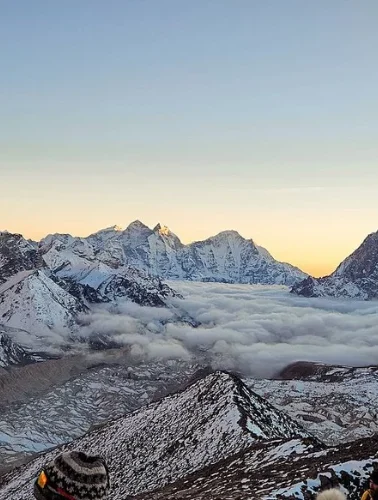
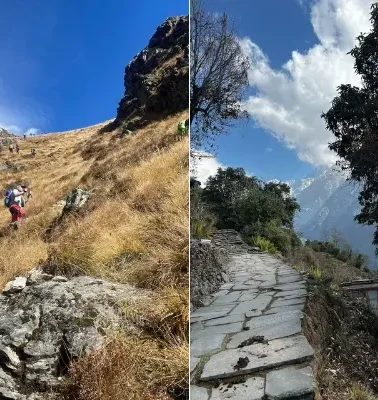
Leave Your Comment